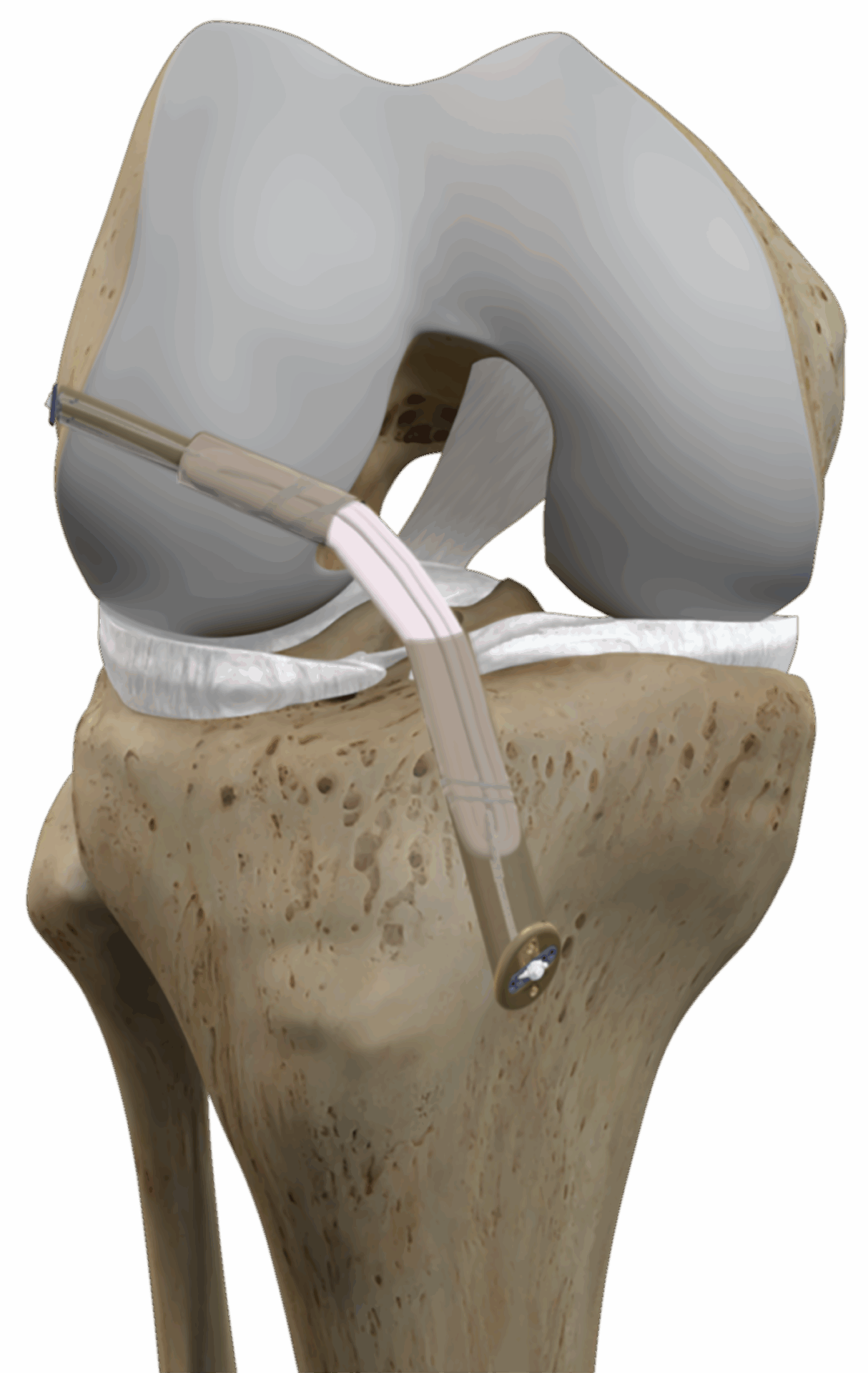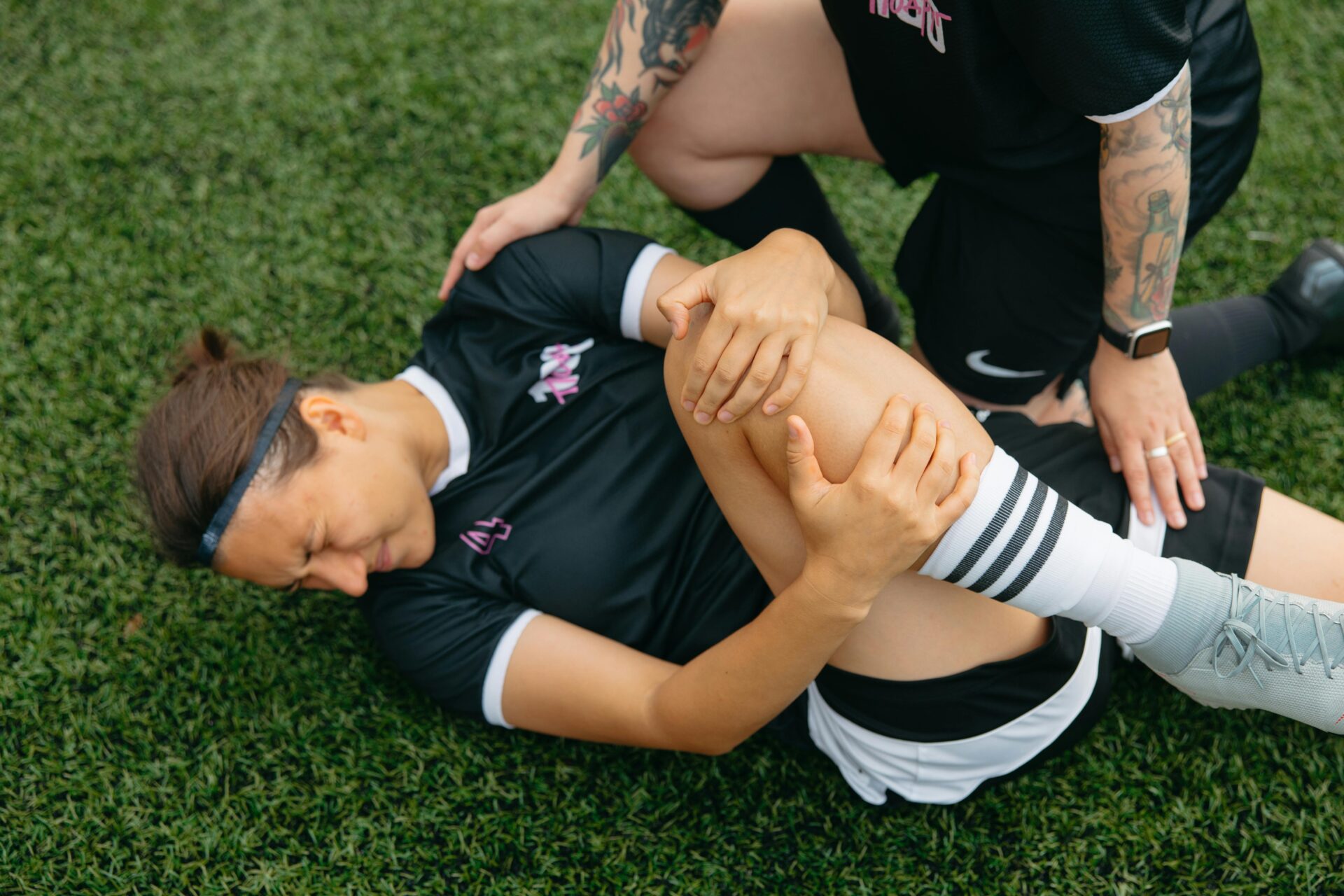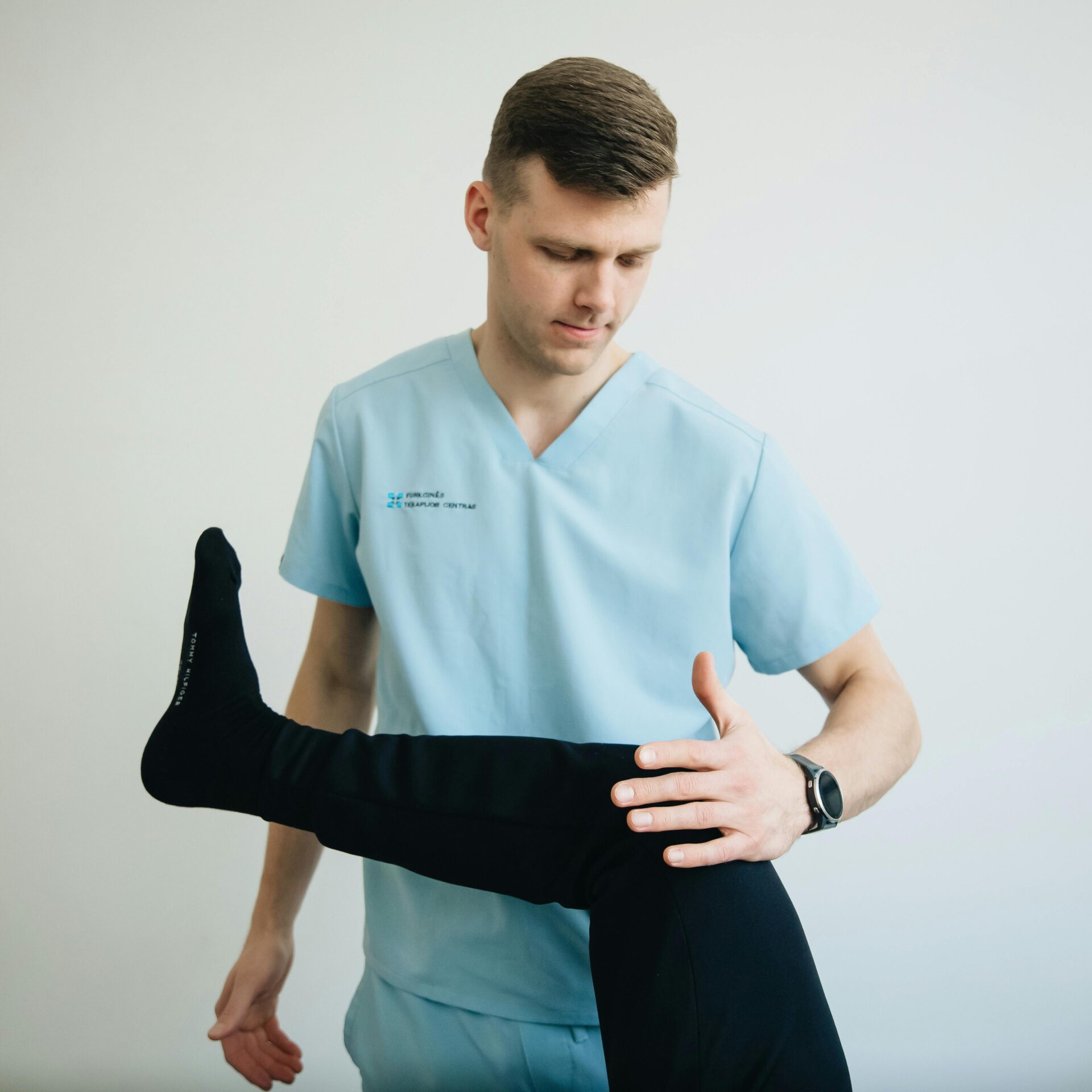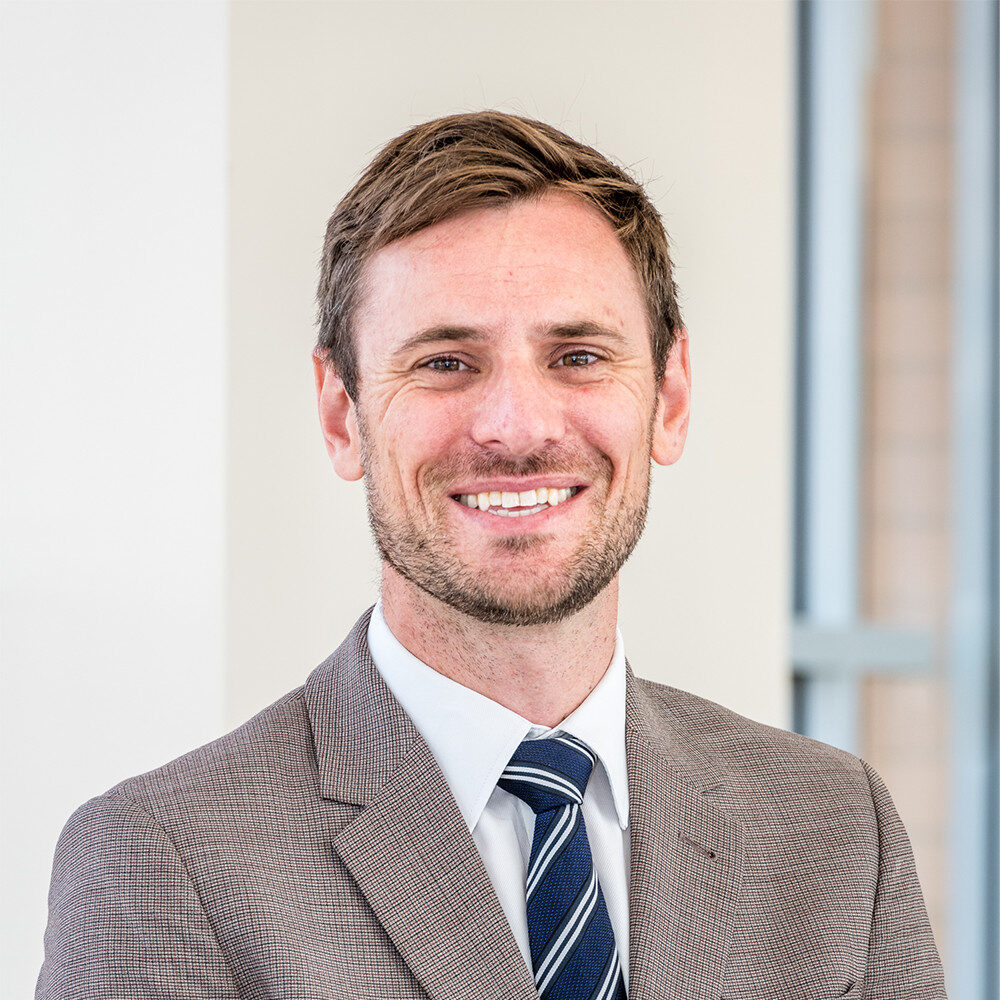The anterior cruciate ligament (ACL) is one of the primary stabilisers of the knee. Injuries to the ACL are common in Australia, particularly among active individuals and athletes.
At Dr. Duff’s orthopaedic clinic, we offer personalised surgical and non-surgical options to restore knee stability and get you safely back to movement.

The ACL helps control forward movement and twisting forces in the knee. It works in combination with the menisci, other ligaments, and bone structure to maintain joint stability.
When torn, it can cause instability, frequent giving way of the knee, and swelling during physical activity.

ACL tears typically occur during:
Symptoms often include:
MRI scans are essential to assess ACL damage and check for associated injuries like meniscal tears or ligament damage.
Dr. Duff tailors treatment to each patient, based on:
Treatment options include:
Each option will be discussed during your consultation, along with your scan results and personal goals.
Anterior cruciate ligament (ACL) reconstruction is a surgical procedure used to repair a torn anterior cruciate ligament by replacing it with a tendon graft.
The graft can come from your own hamstring, quadriceps, patellar tendon, or a donor. The operation is done arthroscopically under general anaesthesia and typically takes under an hour.
Recovery involves physiotherapy, starting with light activity after 2 weeks and gradually building up to sport over 9–12 months. In some cases, non-surgical rehab may be sufficient, especially if knee stability is maintained and activity levels are moderate.
ACL reconstruction involves replacing the torn ligament with a graft taken from elsewhere in your body. Common graft types include:
The procedure is performed via keyhole (arthroscopic) surgery under general anaesthesia, often with an adductor canal nerve block for pain relief. Surgery usually takes 45–60 minutes, depending on whether other structures (e.g. meniscus) need to be addressed.
Recovery begins immediately. Most patients:
You’ll work closely with a physiotherapist to regain strength, range of motion, and confidence. Dr. Duff will coordinate with your chosen physio or refer you to one with ACL rehab expertise.
Physiotherapy alone may be effective for:
Studies show that approximately 50% of patients can function without surgical reconstruction if rehab is successful. If instability continues, surgery remains an option at a later stage.

Full return to sport is typically safe at 9–12 months. Most patients feel confident and pain-free much earlier but must pass specific readiness tests.
Complications are uncommon, but possible risks include:
Dr. Duff uses modern surgical techniques and post-op protocols to reduce these risks and support long-term success.

If you’ve suffered a knee injury and are experiencing instability, pain, or swelling, schedule an assessment with Dr. Samuel Duff in Perth, WA.
We’ll help you understand your options and plan the right treatment for your goals.